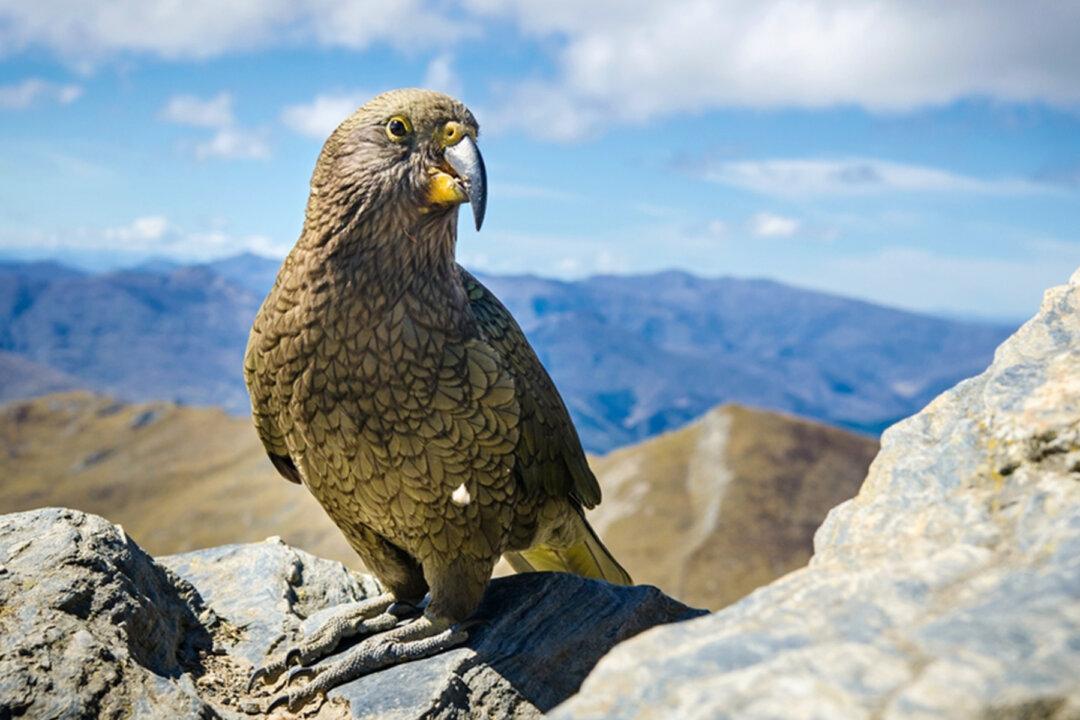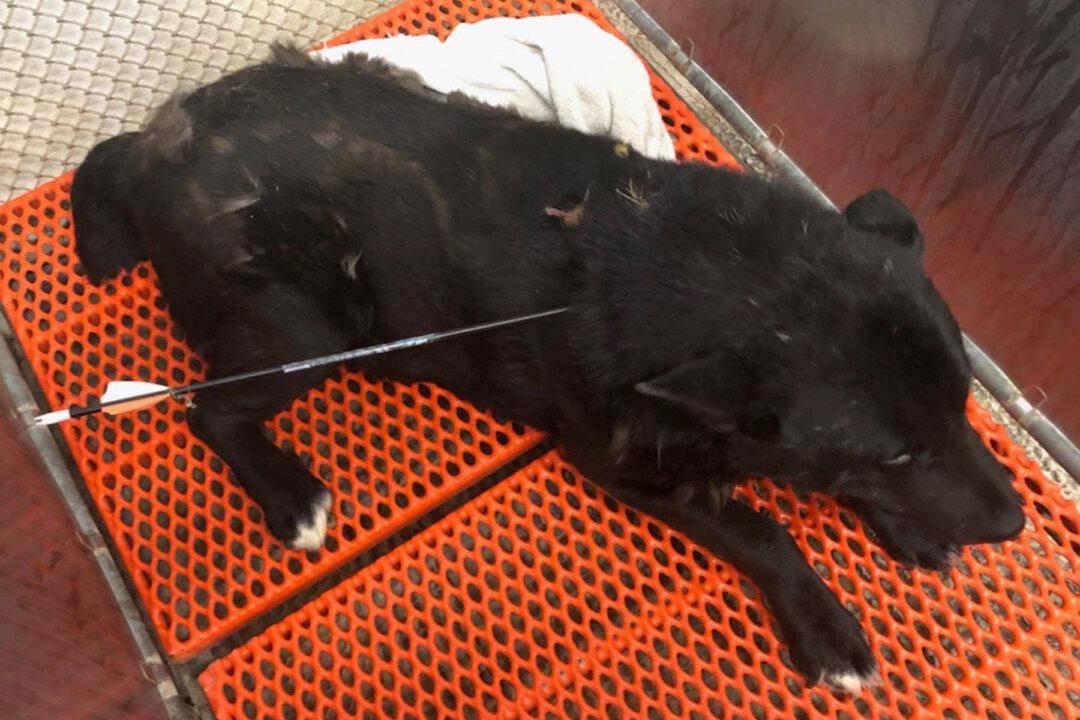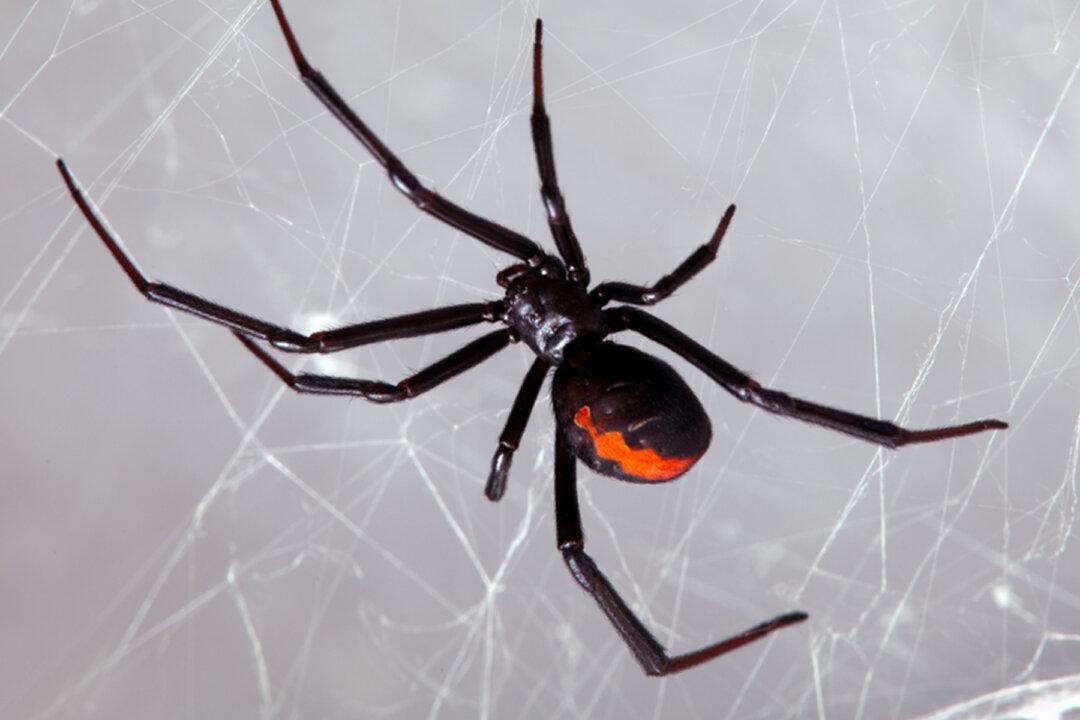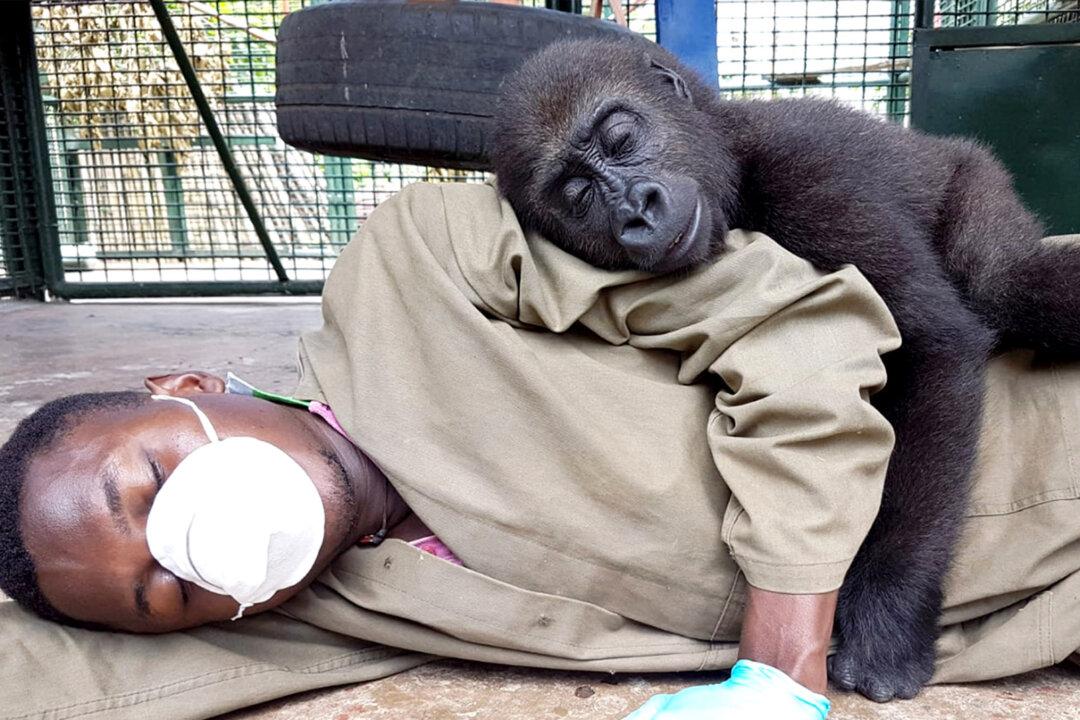Native to New Zealand, keas, the world’s only alpine parrots, are unique in many ways. They’re cheeky, remarkably intelligent, and playful.
While some natives love them, others view them as pests. Sadly, these beautiful and smart birds are now considered endangered, with only several thousand still flying across the kiwi skies. In September 2017, the Department of Conservation estimated their population to be 3,000–7,000.





